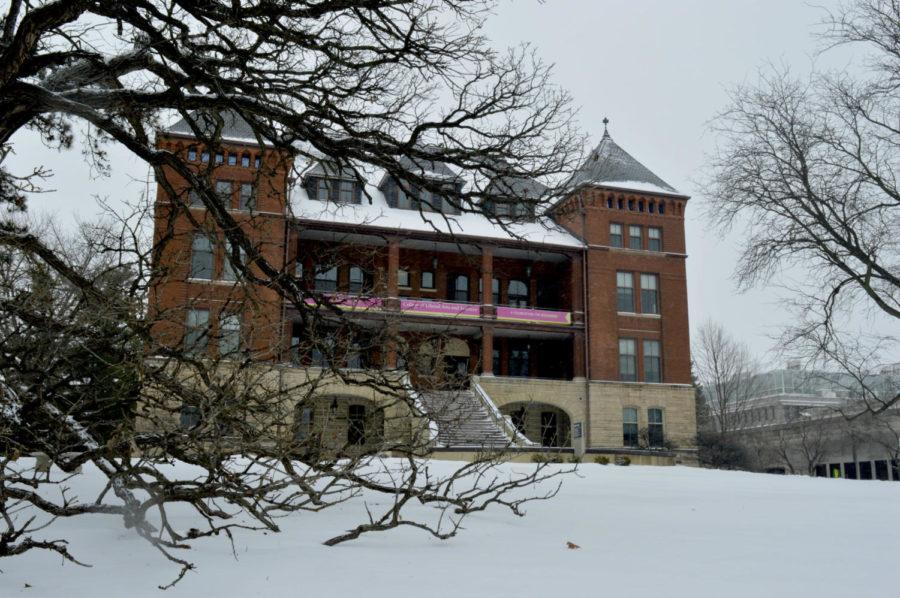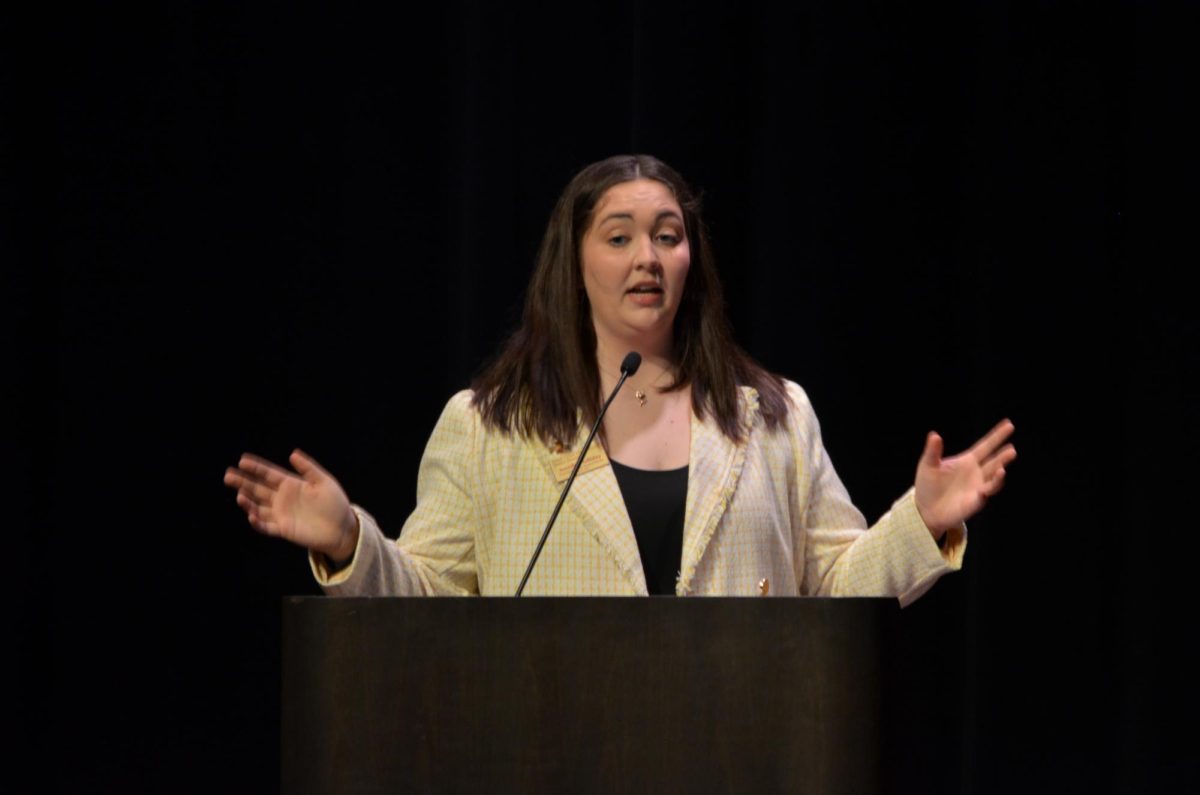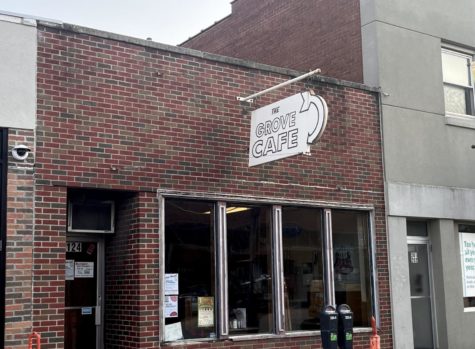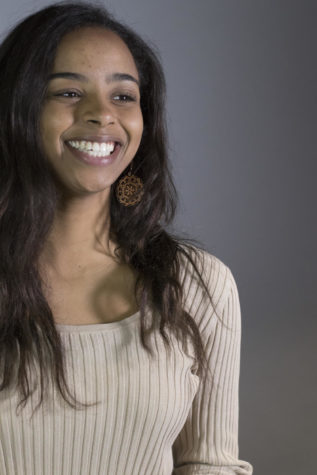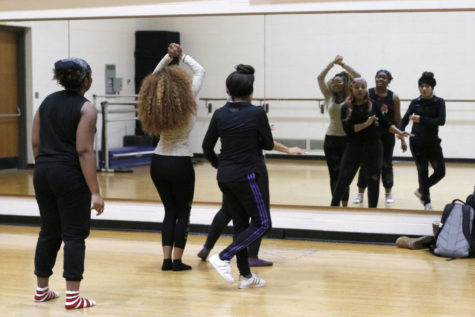The stories behind buildings on campus
April 27, 2016
Each building you pass on campus has a story to tell. Some have countless stories. Some have seen more than a hundred years of students pass through them.
But a story that isn’t often told is how these buildings receive their names.
The process of naming university property is a bureaucratic one, with the President’s Advisory Committee on Naming University Property aiding the building planning process.
The advisory committee has the responsibility of recommending names of university property to President Leath. If the names pass through Leath, they must also be approved by the Board of Regents.
Associate Vice President Miles Lackey oversees the committee, which consists of six faculty members, one facilities planning and management member, an ISU Foundation member and a student government member.
The advisory committee gathers once it receives a nomination to name a building, street or other form of university property. The committee is strictly advisory, meaning once they submit a recommendation to the president, he then has the choice of approving the nomination or not.
“You kind of have a few different steps there in the process,” Lackey said. “You’ve got nomination, made to the committee, committee consideration, recommendation to the president, president’s consideration and, should he approve, then the submission to the Board of Regents for their consideration and approval.”
Nominations may be submitted at any time by anyone, but in order for the committee to review nominations they must be brought by one of the representatives. For example, if student government decided on a name to recommend, they would pass it on to Cole Staudt, student government president and advisory committee member.
The nominations vary depending on the building or area.
“Generally speaking, major buildings are going to be named for individuals or folks who have made contributions, be it a professional, scholarly or public service activity that is related or applicable to the university,” Lackey said.
Some buildings are named for those who donated or raised the majority of the resources needed to build them. These funds are raised through the ISU Foundation with private donations.
Most donors are alumni; others are people interested because of proximity or an affinity for Iowa State.
Russell and Ann Gerdin donated the third-largest gift in ISU history in 1998, a $10 million grant used to build the Gerdin Business Building. Neither of the Gerdins attended Iowa State, but Russell was a member of Iowa State’s Business College Advisory Council at the time of the donation.
The late Russell Gerdin founded Heartland Express, a trucking business based out of North Liberty, Iowa. He and his wife’s connection to Iowa State began with Ben Allen, former College of Business dean and current independent director of Heartland Express.
“Mr. Gerdin’s wife, Ann, was an educator,” said Karen Simon, assistant vice president of communications at the ISU Foundation. “So they really felt that education was important.”
Because Ann was a teacher, the couple chose to give their money to education.
“Iowa State is such an Iowa university, with so many small town Iowa kids,” Russell said in an interview with the College of Business. “The idea of education, and the kids from Iowa, made us feel that [Iowa State] was the best place to give back what we had gained.”
Christina Hixson is also a significant donor to Iowa State, despite not being an alumna of the university.
“I think she keeps coming back because she’s pleased with how her money is used and the results she gets,” said Lisa Eslinger, senior vice president of finance and operations at the ISU Foundation. “What I don’t know is why she started giving here in the first place. I’ve been [at the ISU Foundation] since 1998. She was a donor here when I came.”
From the Hixson Opportunity Award half-tuition grant, Hixson’s first significant contribution, to the Hixson-Lied Student Success Center and the Hixson-Lied Small Animal Hospital, Hixson’s name is found all over campus.
The money doesn’t come directly from Hixson. It’s from the Lied Charitable Trust of which Hixson is the trustee, explaining the typical combination of “Hixson-Lied.”
If a building isn’t named after an individual, the name must be descriptive of the building’s function.
For example, Catt Hall was formerly known as the Old Botany Building, a name that became irrelevant as the building housed different areas of study. It is now named after Carrie Chapman Catt, a women’s suffrage leader highly involved in the campaign for the 19th Amendment and an alumna of Iowa State.
The university previously came under pressure to rename Catt Hall after it surfaced that Catt allegedly made racist statements in her quest for women’s suffrage, particularly during her time spent in southern states, according to a New York Times article from 1996.
A group of predominately African-American students were concerned with the name because of the controversy surrounding it and organized sit-ins outside of Catt Hall in protest. But university officials chose to continue to recognize Catt’s achievements.
“I would say neither side was able to convince the other that they were right and the other side was wrong,” said Warren Madden, vice president for business and finance. “This is like lots of things: the facts aren’t clear and people interpreted what went on differently.”
A building that has yet to be named, but is in the works, is currently known as Buchanan #2. Buchanan #2 is a $47 million residence hall that is estimated to be completed by the end of 2016. The residence hall is 51 percent complete as of May 24 and is expected to house approximately 700 students.
Buchanan #2 will be the first new residence hall since Martin Hall opened in 2003, a building that got its name from an Ames couple in the 1900s.
Named after Archie and Nancy Martin, the couple housed African-American students off-campus, as certain regulations made it hard for African-American students to find housing through the university.
While the university has welcomed students of color since its beginning, there was originally a rule that students of color had to room with other students of color. This was a difficult feat considering this was a time when few students of color attended Iowa State.
The Martins built a house at 218 Lincoln Way and opened the second floor, consisting of three bedrooms and a bathroom, to African-American students who needed housing, according to an Iowa State press release.
Archie Martin became a proponent of equal treatment of African-American students on campus, eventually urging President Raymond Pearson to admit these students to dormitories on equal basis with white students.
Thomas Hill, who retired as vice president for student affairs in December, was involved with a group of African-American students in 2004 who proposed the name to recognize the Martin family’s contribution to the development of diversity at Iowa State.
“I’ve been here a long time, I was there for that dedication,” Madden said. “Members of the Martin family were there and it was really one of those wonderful kind of afternoons.”

